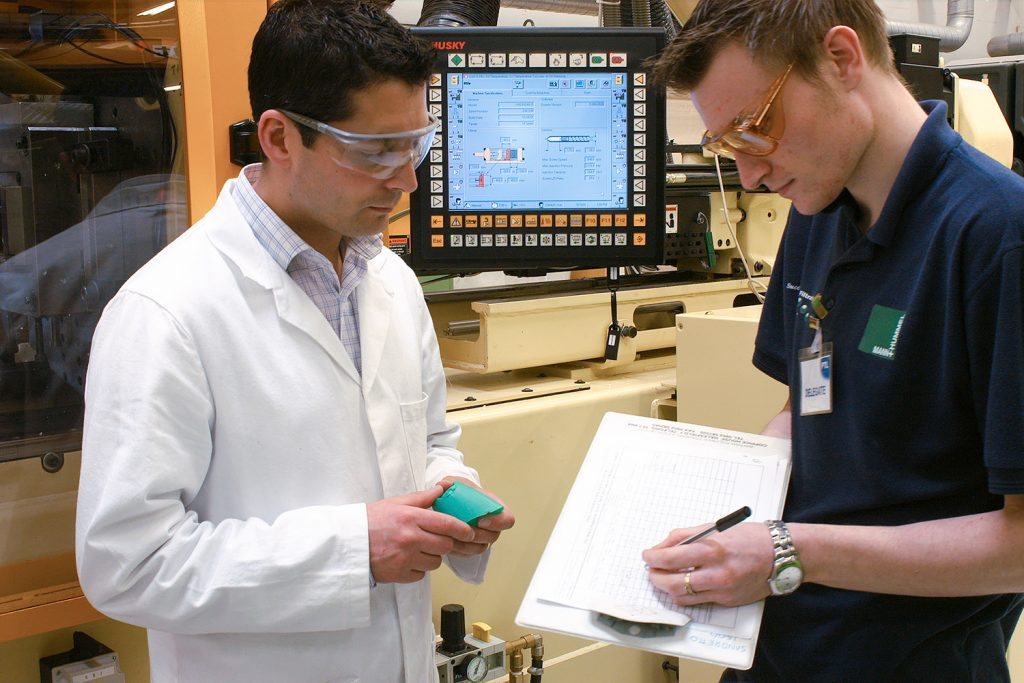Scientific Molding is nothing new — yet many companies still rely on inefficient, outdated ‘traditional’ molding procedures. In this post, we cover the difference between these two methodologies and discuss how a scientific approach to process development can save time, money, and a lot of headaches.
The ‘Art’ of Traditional Molding
Traditional Molding involves processing each mold for a while, tweaking the settings until good parts come out. Once quality approves the parts, the process technician documents the machine settings and moves on.
This method of processing is inadequate for production because the processor does not learn enough about the process to answer to critical questions, such as:
- Am I using the best injection speed?
- Is the gate correctly sized?
- Could the mold benefit from better venting?
- Does the transfer position compensate for variation?
- Does the packing pressure center the process window?
- Is the gate sealed?
- Should the gate be sealed?
- How much tonnage is actually needed?
- Am I running the fastest cycle within reason?
- Am I using too much back pressure?
- What is the optimal melt temperature?
- Has screw recovery been optimized for maximum efficiency?
- Is this process reliable?
Not every mold needs all these questions answered, but most of these should being asked when qualifying molds at your facility.
Scientific Molding: Good Parts Without Guesswork
Scientific Molding uses a systematic method of developing each phase of the process using the critical process data and information available. A Scientific Molder develops a robust, reliable, and data-driven molding process to establish:
- 1st Stage Injection
- 2nd Stage Packing
- Part Cooling
- Shot Recovery
- Part Removal
Once a stable process is developed, the actual process outputs are documented. This makes troubleshooting a lot easier. And unlike traditional molding, a scientific molding process is machine-independent — meaning the process can be easily re-established or ported to another molding machine.
When compared to old-school traditional molding, a properly implemented Scientific Molding process will dramatically reduce scrap and downtime — resulting in a substantially more profitable molding operation. It’s critical that your engineers and technicians understand how to correctly establish and document a Scientific Injection Molding process.
The concepts discussed in this post cover only the most basic aspects of the Scientific Molding methodology. Please check out Routsis Training’s extensive Scientific Molding training library, which includes both online courses and our exclusive SkillSet™ hands-on training labs.

0 Comments Leave a comment